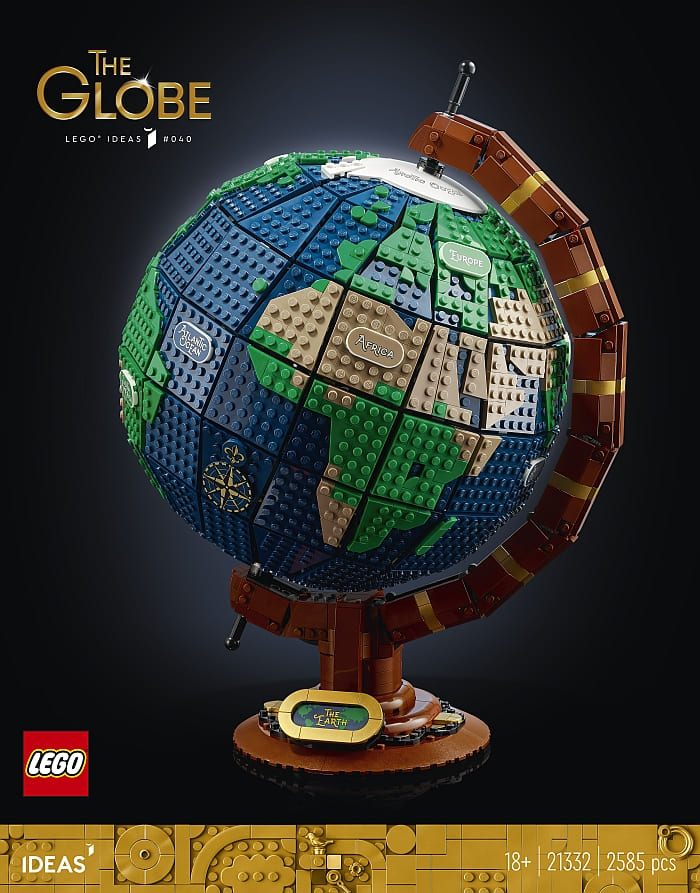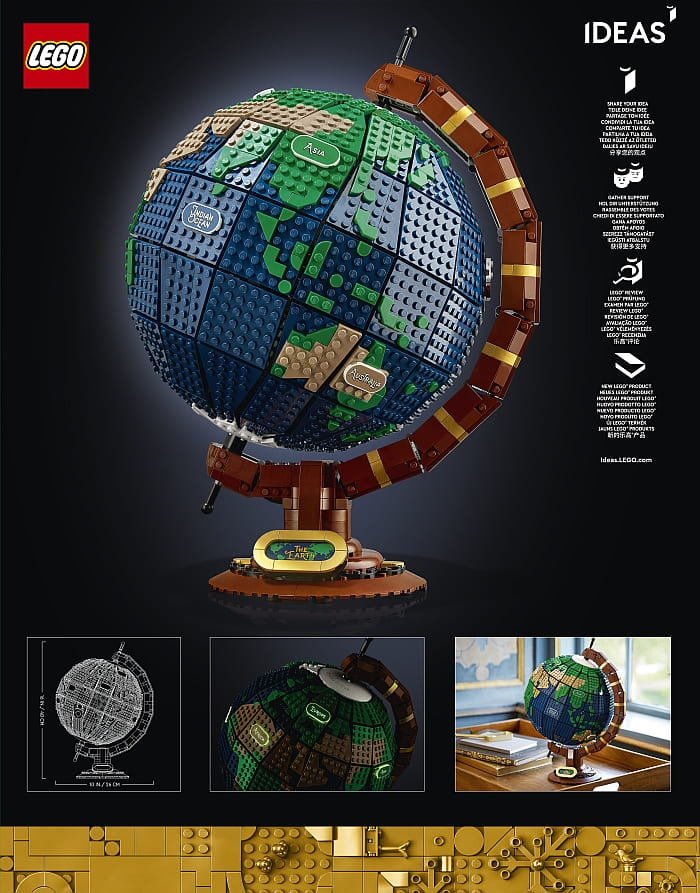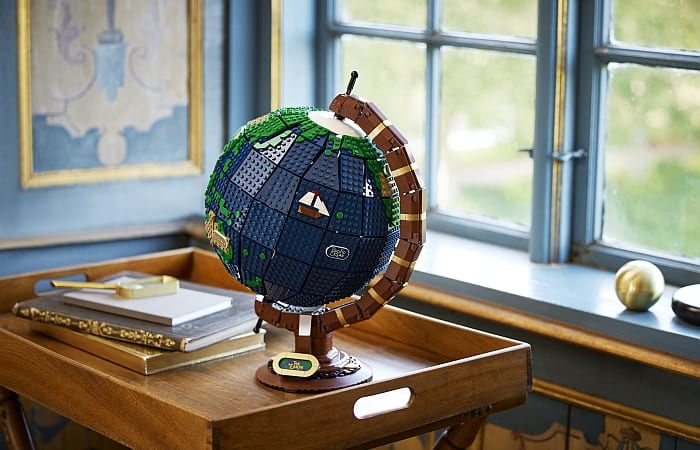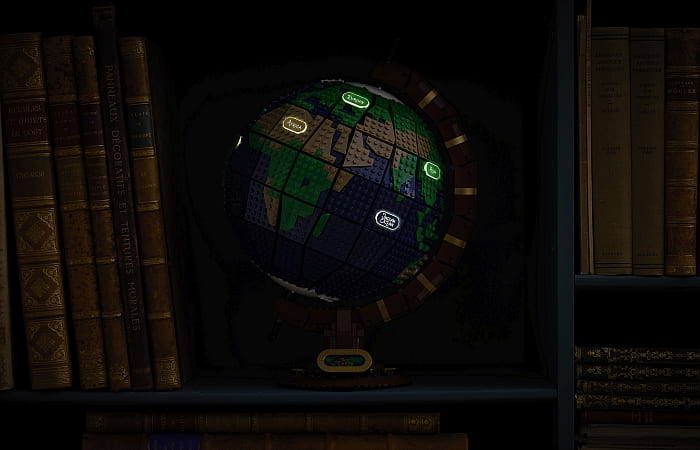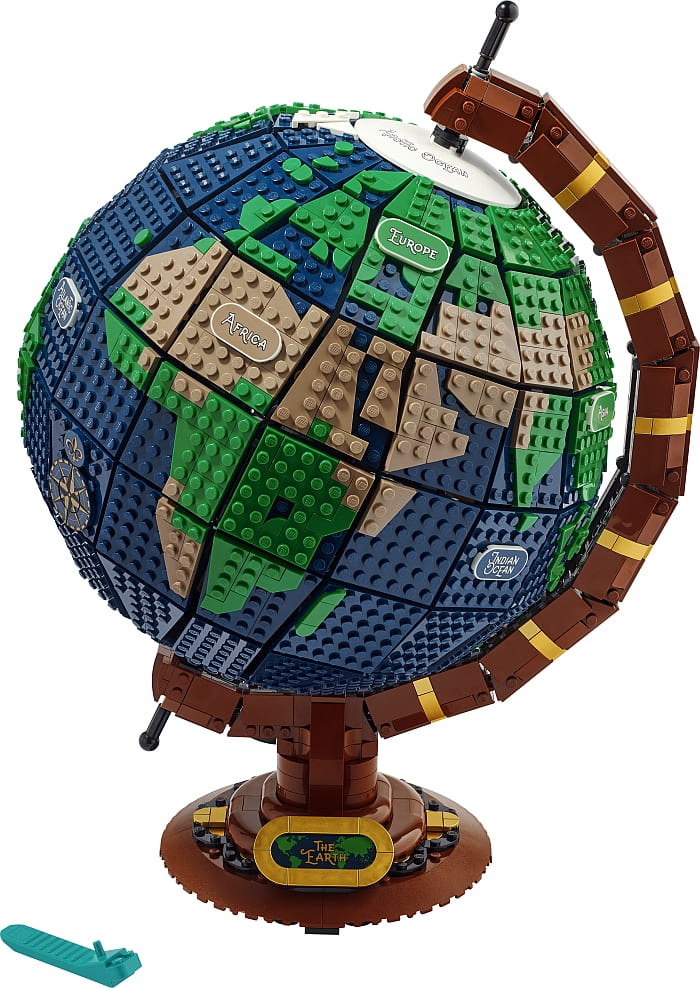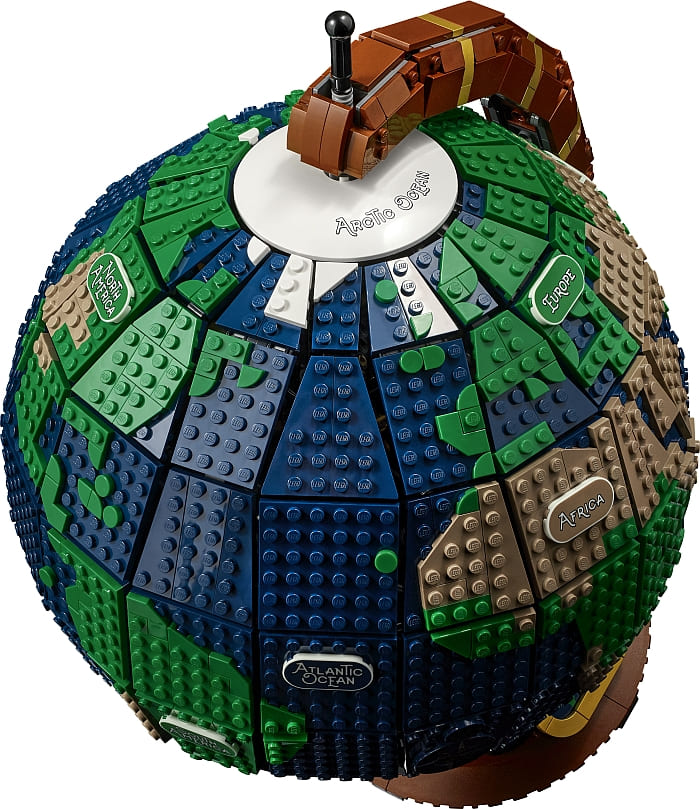A few days ago, LEGO announced that LEGO BrickLink Studio will replace LEGO Digital Designer as the LEGO Group’s official 3D building app. The LEGO Digital Designer website will shut down at the end of January, and BrickLink Studio welcomes LEGO Digital Designer users. Details below.

Billund, Denmark – January 12th, 2022: Today, the LEGO Group announced that BrickLink Studio will replace LEGO Digital Designer as the official virtual LEGO building software going forward. The LEGO Digital Designer (LDD) website will close on January 31st, after which time LDD will no longer be available for download. While downloaded versions of the LDD application will continue to work, people are encouraged to download BrickLink Studio, import their LDD files, and use Studio for 3D LEGO building files, and use Studio for 3D LEGO building.
At the end of January 2022, BrickLink Studio will be the LEGO Group’s only public digital building software program, giving fans worldwide the opportunity to build models with an endless bin of bricks. Currently, the LEGO Group maintains two public 3D building programs: BrickLink Studio and LEGO Digital Designer, known as LDD. The LEGO Group is committed to supporting the digital building community and, as such, will focus on Studio and will withdraw support for LDD. As a result, LDD will no longer be available for download after January 31, 2022. The LEGO Group is focusing 100% of its efforts on one building software. The BrickLink Studio software brings an integrated and excellent experience of designing, building, ordering bricks and sharing digital designs.
LEGO Digital Designer was released in 2004 as the LEGO Group’s 3D building tool. LDD pioneered real-time rendering of LEGO bricks, virtual brick connectivity, and the compact LEGO Exchange file format (LXF) which made LEGO models built in LDD light and portable. It has played a prominent role in various offerings, from LEGO Factory, LEGO Design ByME, LEGO video games, and movies. Now after almost twenty years since its conception and eighteen years in distribution, LEGO Digital Designer will retire and pass the mantle to BrickLink Studio as the officially supported and maintained 3D building application.
The LEGO Group will continue to support the digital building community by focusing on BrickLink Studio, while LDD will be retired. This means that after the end of January, it will no longer be possible to download the program from LEGO.com/LDD. Fans with a current desktop version of LDD can continue using this program. However, the software won’t be updated or maintained. Additionally, it will no longer be possible to download LDD from LEGO.com after end-January. Starting February 1st, visitors to LEGO.com/LDD will be redirected to BrickLink Studio. The BrickLink Studio team and community are excited and ready to welcome LDD Fans and help them get onboarded to BrickLink Studio.
“Our initial vision for LEGO Digital Designer back in 2002 was to make building on a computer accessible and fun for children – to play with and share their creations online”, said Ronny Scherer, producer of the first-generation LEGO Digital Designer. “I am so impressed with how the community of creators has evolved. Builders—enthusiasts and professionals alike—have used LDD in wonderful and unexpected ways. They took ownership and created the most amazing virtual LEGO models and have grown the virtual building ecosystem. I am so proud of the team behind LDD and the greater virtual building community. They have truly inspired a generation of digital LEGO creators.”
Tormod Askildsen, head of AFOL Engagement for the LEGO Group, has been intrigued by digital building since using LDD to bring alternate model instructions for the LEGO Factory Hobby Train set to market in 2007. “When the LEGO Group acquired BrickLink,” Askildsen said, “one of the things that impressed and inspired us was their purposeful development of the Studio software. For digital building to be not only a nice feature for some but a meaningful part of many people’s LEGO building experience, it must be an integrated and useful part of both the design, the building, and the sharing experience. The talented team behind Studio see this clearly and continue relentlessly to further innovate and improve the Studio experience”.
In 2014, then-independent BrickLink created the BrickLink Studio software as a free virtual LEGO building tool. Studio was built on the industry-standard Unity gaming engine and is designed to integrate with the BrickLink Marketplace. Its .io file format is based on the fan community-developed LDraw standard with part connectivity data added to give digital bricks clutch power. Users can import LEGO models built in LDD, LDraw, and other popular tools. Studio includes useful features like model stability checking, built-in photo-realistic rendering, and an integrated instructions maker.
“Studio was created because at BrickLink, there is a great belief in how digital LEGO building could unlock the true potential of everyone’s creativity by lowering the entry barriers and motivating people to inspire each other,” says Casper Thingholm, Head of BrickLink. “Going forward, the Studio team will continue to focus on making digital building as intuitive as physical building, and encourage even more builders to share their creations to inspire and help each other.”
A special episode of LEGO Bits N’ Bricks Podcast will be dedicated to digital building with LEGO bricks. Subscribe to the podcast to get a notification when it’s out. And if you have any memories you want to share about your experience with LDD or BrickLink Studio, feel free to share them in the comment section below.
And you might also like to check out the following related posts:
